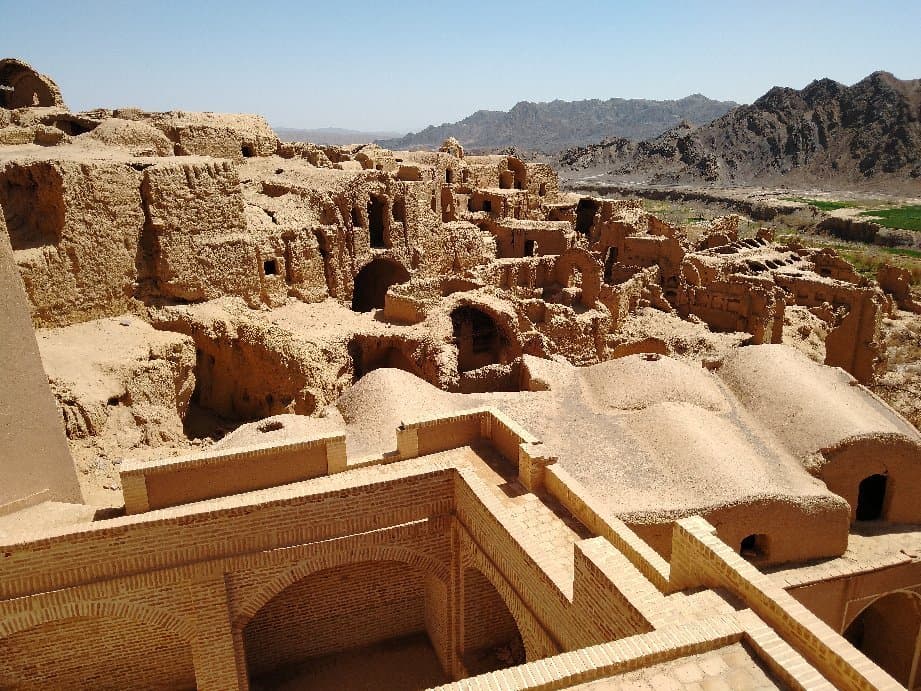
Kharanaq Village
Step back 4,500 years in Kharanaq Village, an ancient Silk Road settlement with unique mud-brick architecture and a famous shaking minaret.
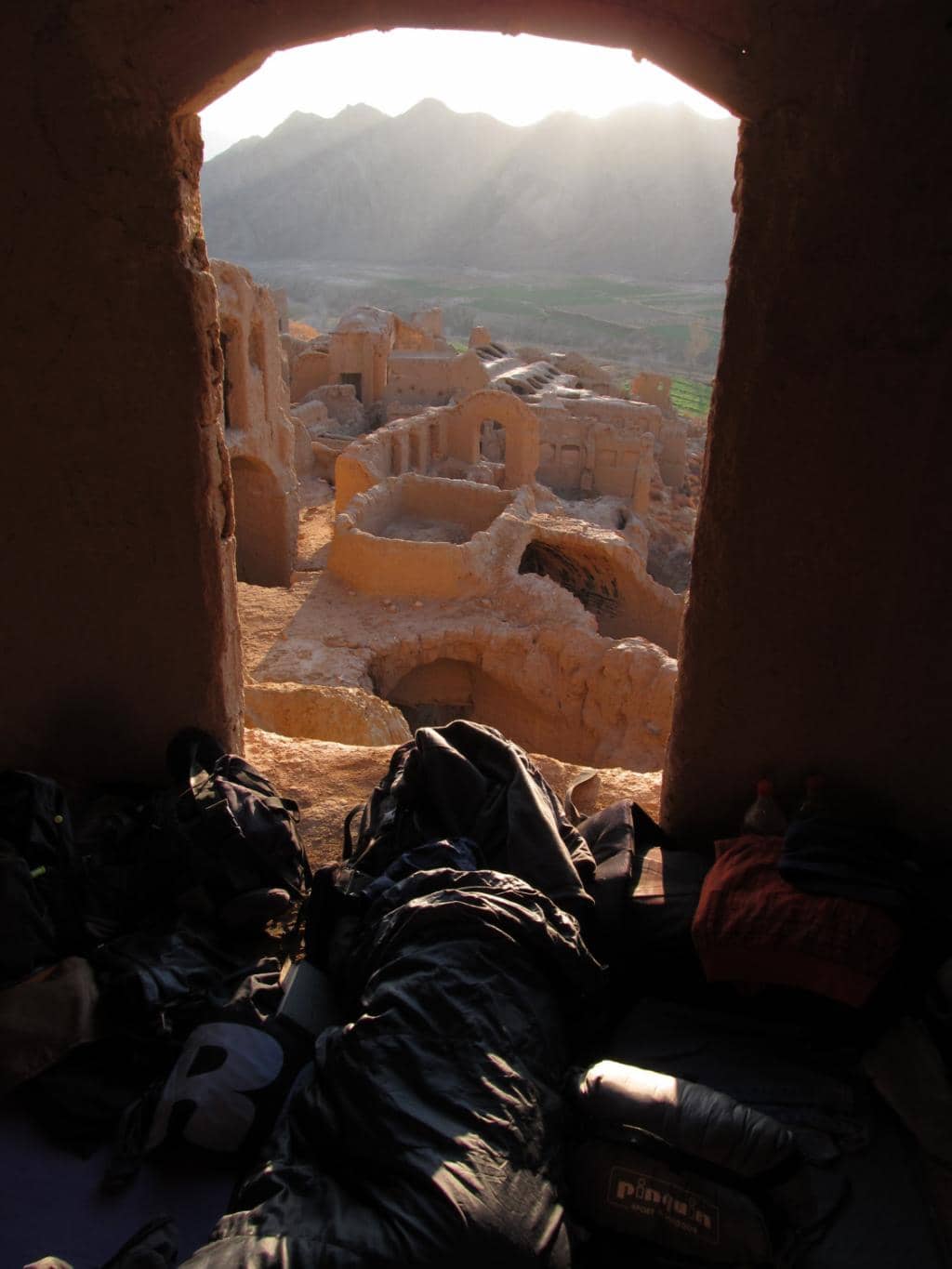
Highlights
Must-see attractions

Social
From TikTok & Reddit
Best Time
Pleasant temperatures for exploring

Kharanaq Village
Best Time
Pleasant temperatures for exploring

Highlights
Must-see attractions
Step back 4,500 years in Kharanaq Village, an ancient Silk Road settlement with unique mud-brick architecture and a famous shaking minaret.
"Explore Kharanaq, a village with a 4,500-year history, featuring ancient architecture and a unique shaking minaret."
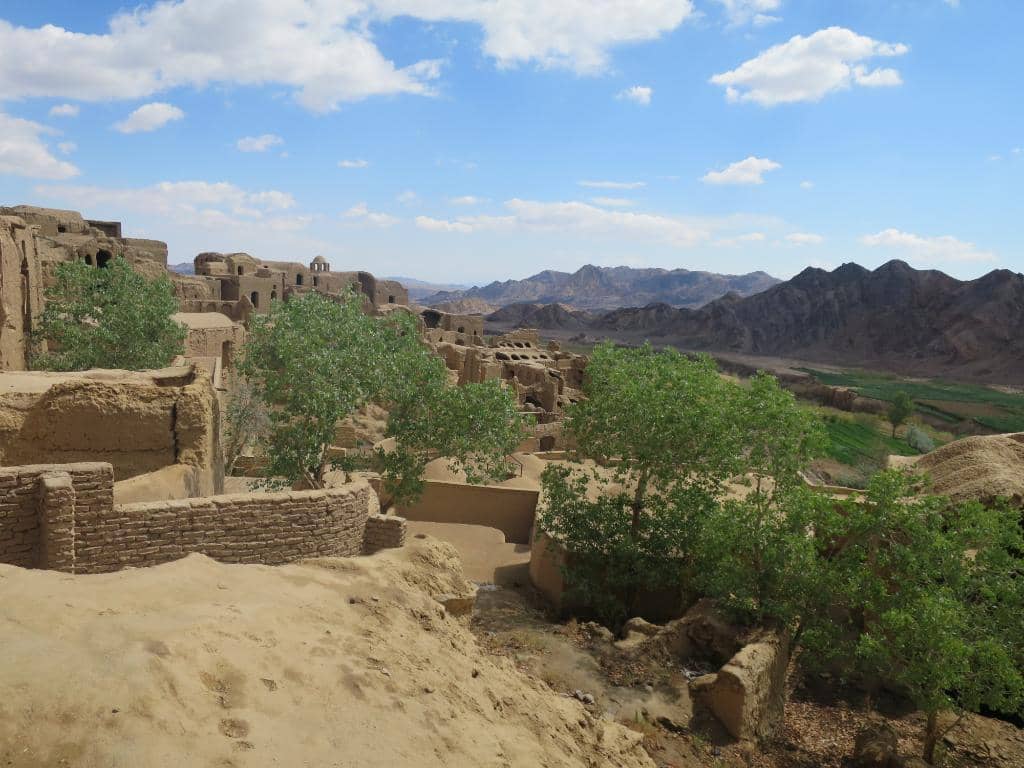
Wear Comfortable Shoes
The village terrain can be uneven; sturdy walking shoes are a must for exploring. :athletic_shoe:
Respect Local Culture
Dress modestly and be mindful of local customs while exploring this historic site. :pray:
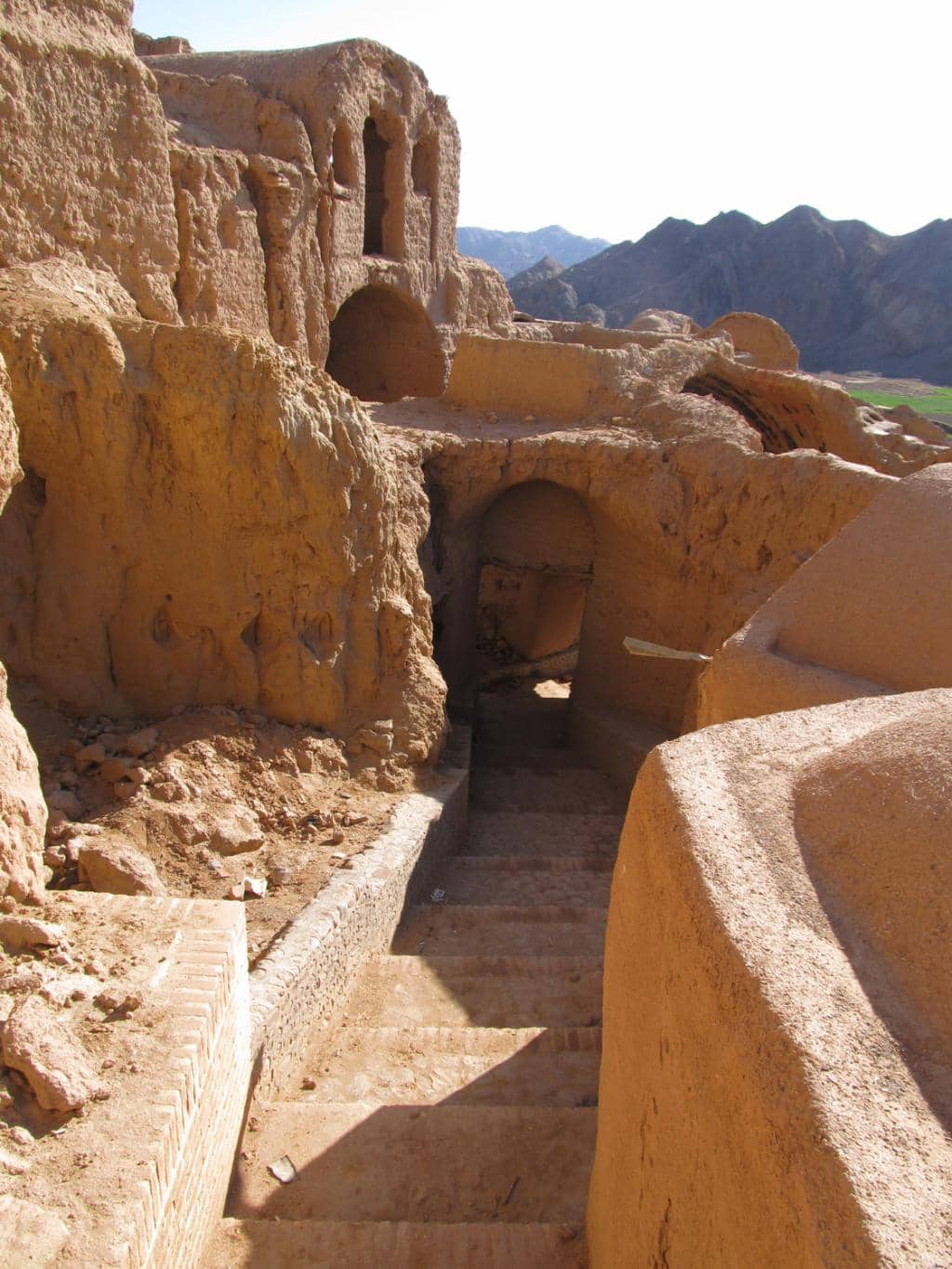
Highlights
Discover the most iconic attractions and experiences
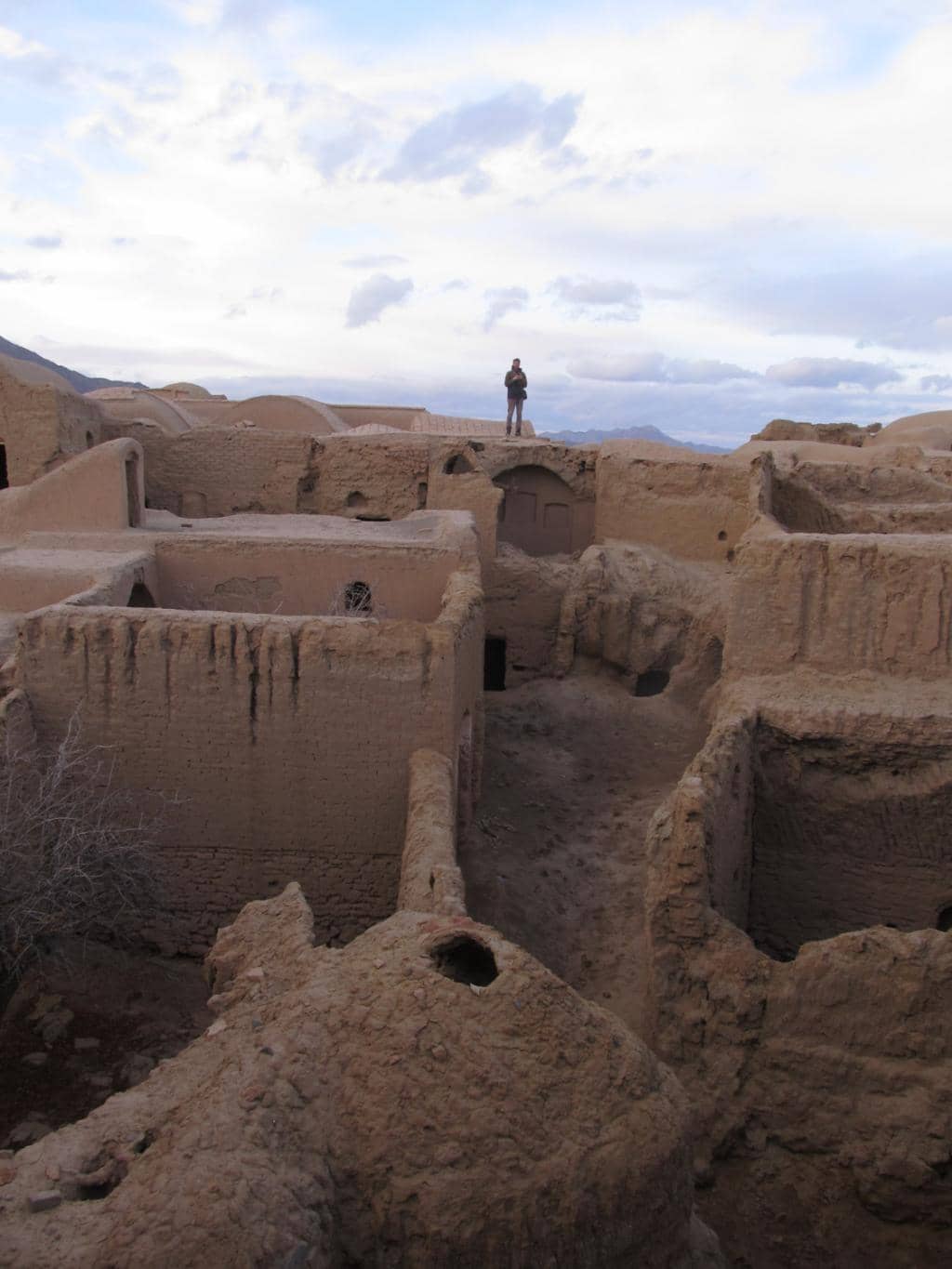
Kharanaq Castle
Kharanaq Village
An ancient fortress, approximately 4,500 years old, built for defense against bandits.
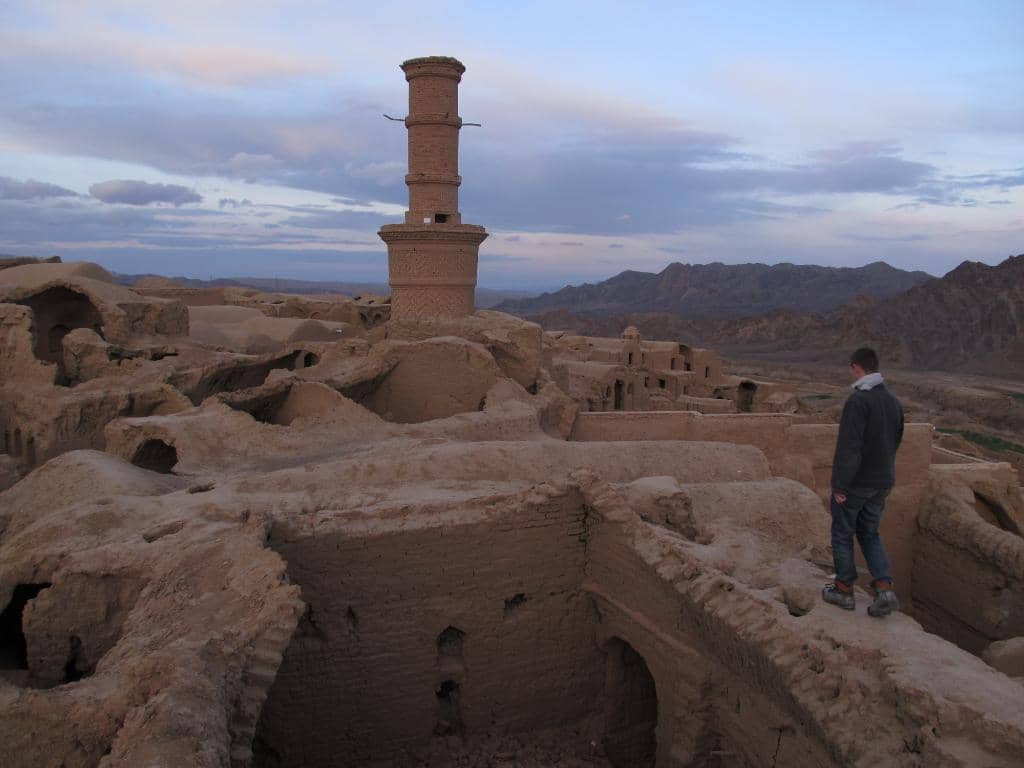
Shaking Minaret
Kharanaq Village
A unique, old minaret that famously shakes, reminiscent of the Jinban minaret.
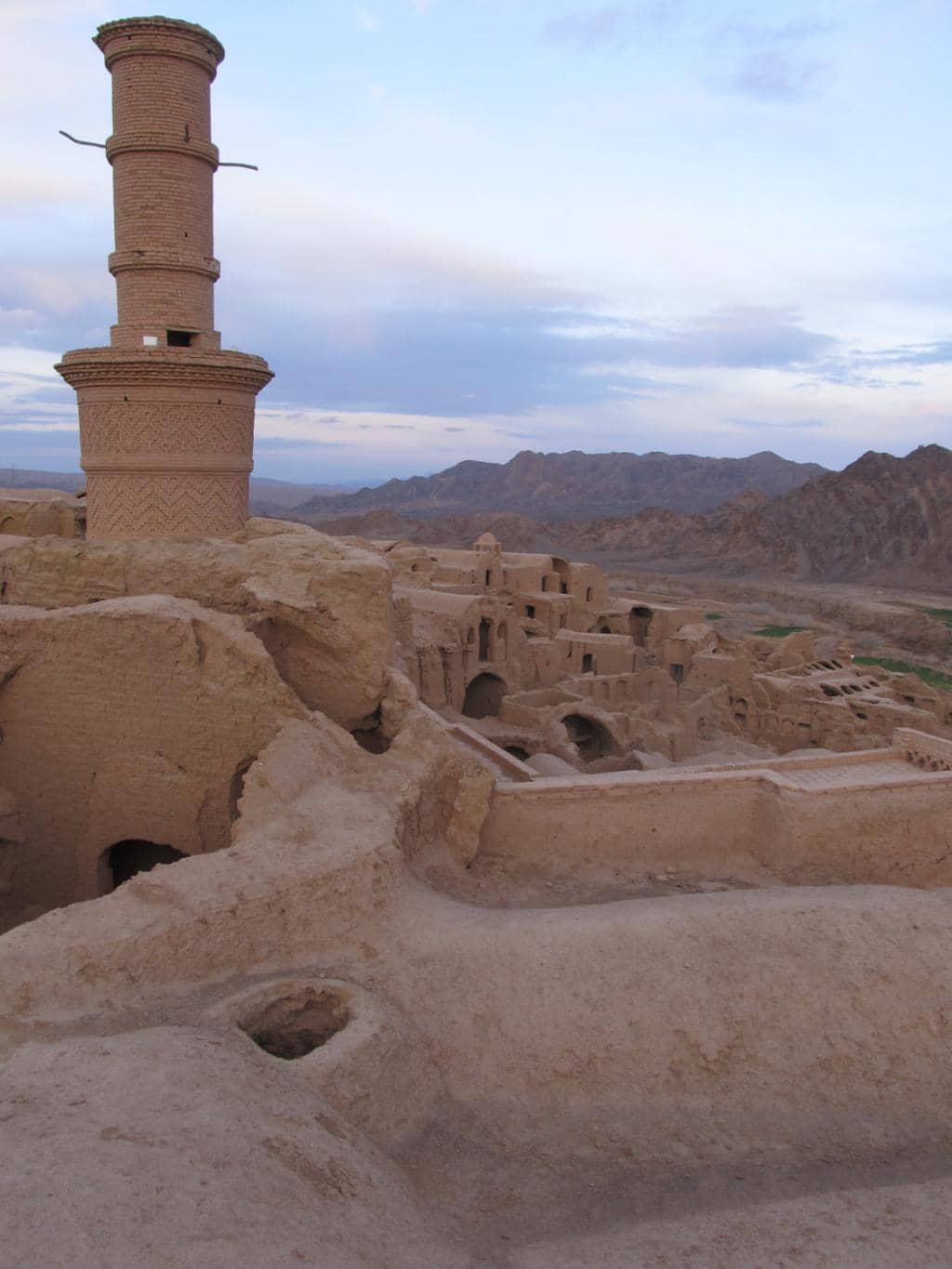
Ancient Village Architecture
Kharanaq Village
Wander through the historic mud-brick structures and experience the essence of ancient Iranian village life.
Plans like a pro.
Thinks like you
Planning Your Visit
Ancient History & Architecture
Best Time to Visit
Best Times
Insider Tips
from TikTok, Instagram & Reddit
Wear Comfortable Shoes
The village terrain can be uneven; sturdy walking shoes are a must for exploring. :athletic_shoe:
Respect Local Culture
Dress modestly and be mindful of local customs while exploring this historic site. :pray:
Bring Water & Sun Protection
The desert climate can be harsh. Stay hydrated and protect yourself from the sun. :droplet: :sunwithface:
Explore the Castle
Don't miss the ancient castle, a testament to the village's defensive past. :shield:
Tips
from all over the internet
Wear Comfortable Shoes
The village terrain can be uneven; sturdy walking shoes are a must for exploring. :athletic_shoe:
Respect Local Culture
Dress modestly and be mindful of local customs while exploring this historic site. :pray:
Bring Water & Sun Protection
The desert climate can be harsh. Stay hydrated and protect yourself from the sun. :droplet: :sunwithface:
Explore the Castle
Don't miss the ancient castle, a testament to the village's defensive past. :shield:
What Travellers Say
Reviews Summary
Visitors are captivated by Kharanaq Village's ancient charm, its well-preserved mud-brick architecture, and the intriguing shaking minaret. The historical depth, estimated at 4,500 years, offers a unique glimpse into Iran's past, especially for those interested in Silk Road history. Some find the village to be a bit remote, and while parts are inhabited, others are in ruins, which can be a mixed experience.
What People Like
What People Dislike
Frequently Asked Questions
🚇 🗺️ Getting There
Kharanaq Village is located about 60 km northeast of Yazd. The most common way to get there is by car or taxi. Many tours from Yazd include Kharanaq as a stop. If driving yourself, ensure your vehicle is suitable for desert roads.
Public transport options are limited. Hiring a private taxi or joining a guided tour from Yazd is generally recommended for ease of access and to fully experience the village.
The journey from Yazd to Kharanaq Village typically takes around 1 to 1.5 hours by car, depending on traffic and road conditions.
🎫 🎫 Tickets & Entry
Entry to Kharanaq Village itself is generally free, allowing you to wander through its ancient streets. However, some specific attractions or guided tours might have associated fees.
Kharanaq Village is an open-air historical site and can be visited at any time. However, it's best to visit during daylight hours for safety and better exploration.
While the village is largely accessible, specific areas like the castle might have nominal entry fees or be part of a guided tour package. It's advisable to check locally upon arrival.
🎫 🧭 Onsite Experience
The main draws include the ancient mud-brick architecture, the historic Kharanaq Castle, and the unique shaking minaret. The village offers a glimpse into traditional desert life.
Yes, Kharanaq Village is ideal for walking tours. The narrow alleys and ancient structures are best explored on foot. Wear comfortable shoes as the terrain can be uneven.
You can explore the village independently, but a local guide can significantly enhance your experience by providing historical context and insights into the village's past.
The shaking minaret is a historical marvel known for its unique construction that causes it to sway when shaken, similar to the Jinban minaret.
Kharanaq is believed to mean 'place of birth of the sun,' reflecting its historical significance and location.
📸 📸 Photography
Capture the ancient mud-brick houses, the imposing castle, the unique shaking minaret, and the vast desert landscapes surrounding the village. Golden hour offers beautiful light.
Photography is generally permitted throughout Kharanaq Village. However, always be respectful of any local residents or private areas you might encounter.
For Different Travelers
Tailored advice for your travel style
👨👩👧 Families with Kids
📸 Photographers & History Buffs
🚶 Solo Travelers
Deep Dives
In-depth insights and expert knowledge
A Journey Through Time: The History of Kharanaq
The name 'Kharanaq' itself is thought to mean 'place of birth of the sun,' hinting at its ancient origins and perhaps its significance in local lore or astronomical observations. The village has undergone periods of abandonment and revival, with parts of it still inhabited while others stand as silent witnesses to centuries gone by. Exploring Kharanaq is like stepping into a living museum, offering a profound connection to Iran's ancient heritage.
Architectural Marvels: The Castle and the Shaking Minaret
Equally fascinating is the shaking minaret. This ancient minaret, similar to the famous Jinban minaret, possesses a peculiar characteristic: it shakes when a force is applied. This engineering marvel, though its exact purpose and mechanism are debated, adds an element of wonder and intrigue to the village's historical landscape.
Exploring the Desert Landscape and Natural Surroundings
The village's location, approximately 79 kilometers north of Yazd, places it in a region where traditional water management systems, like the ancient Persian qanat, were crucial for survival. While not explicitly detailed in all sources, understanding the context of these arid landscapes helps appreciate the ingenuity of the people who inhabited and sustained settlements like Kharanaq for millennia.
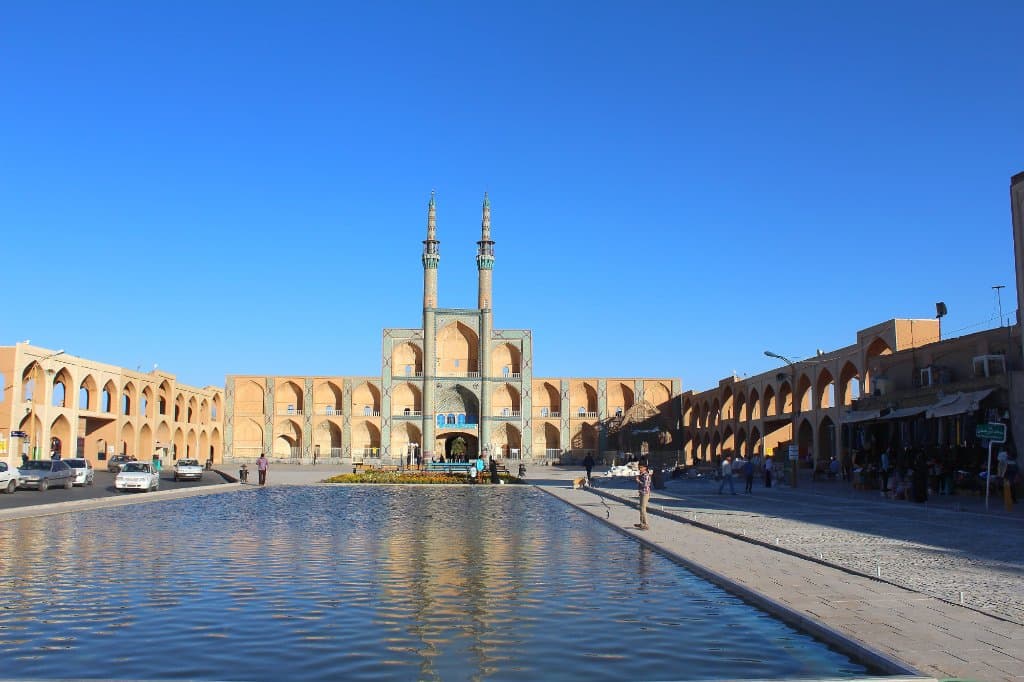
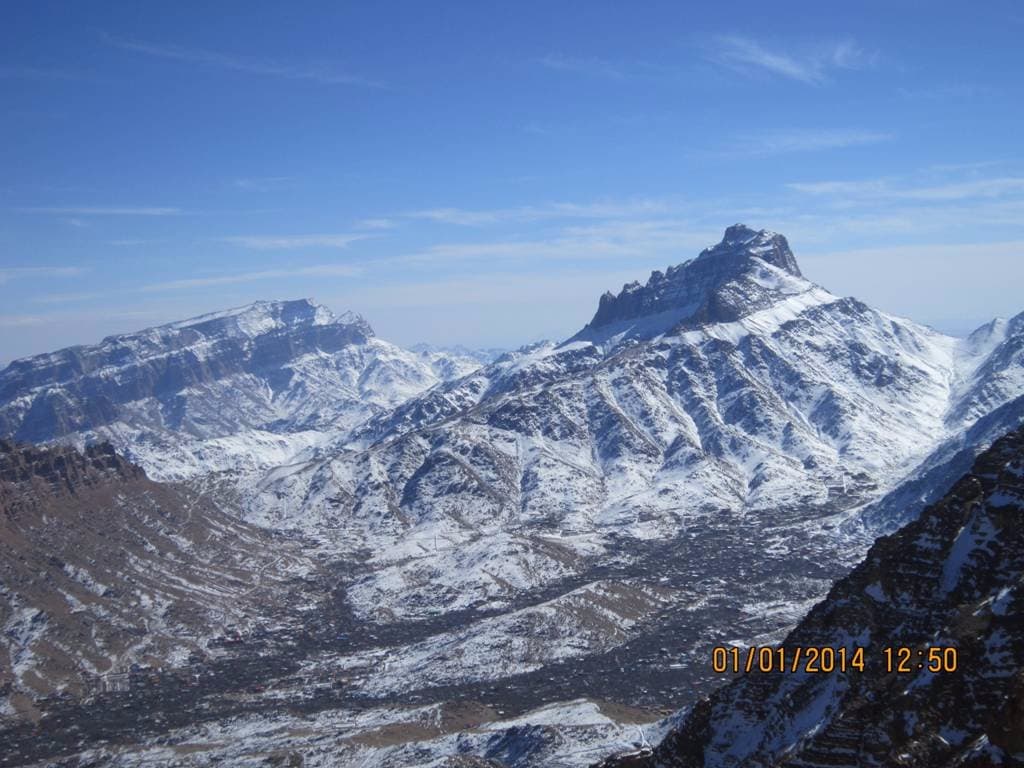
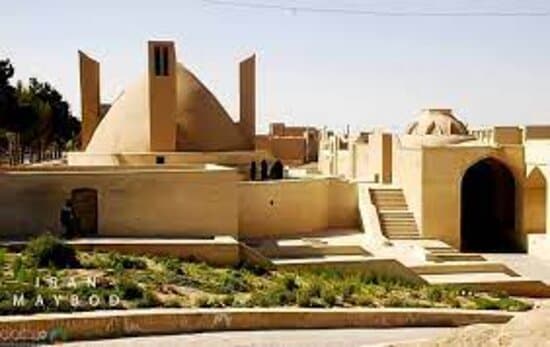
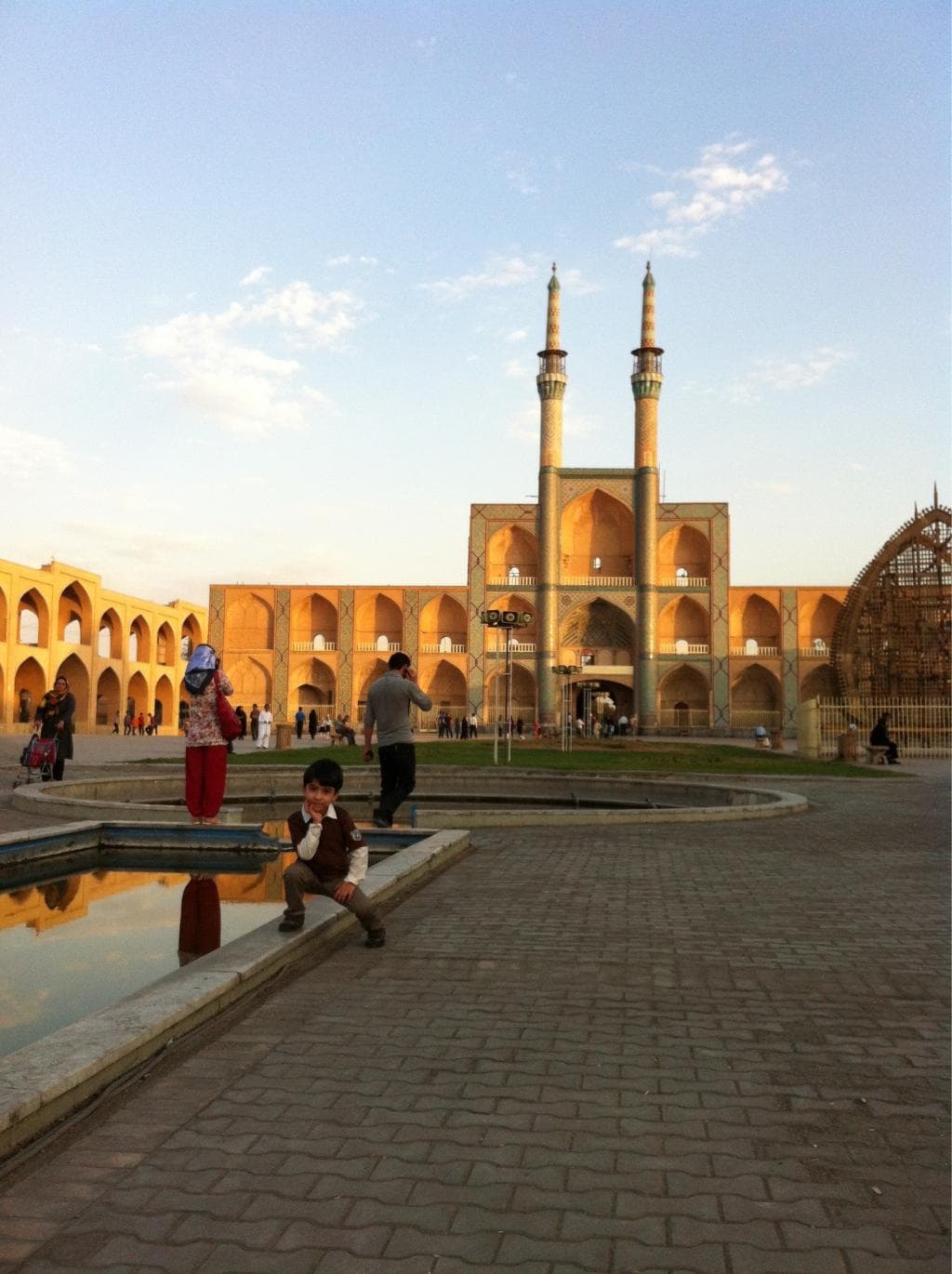
Social
from TikTok, Instagram & Reddit